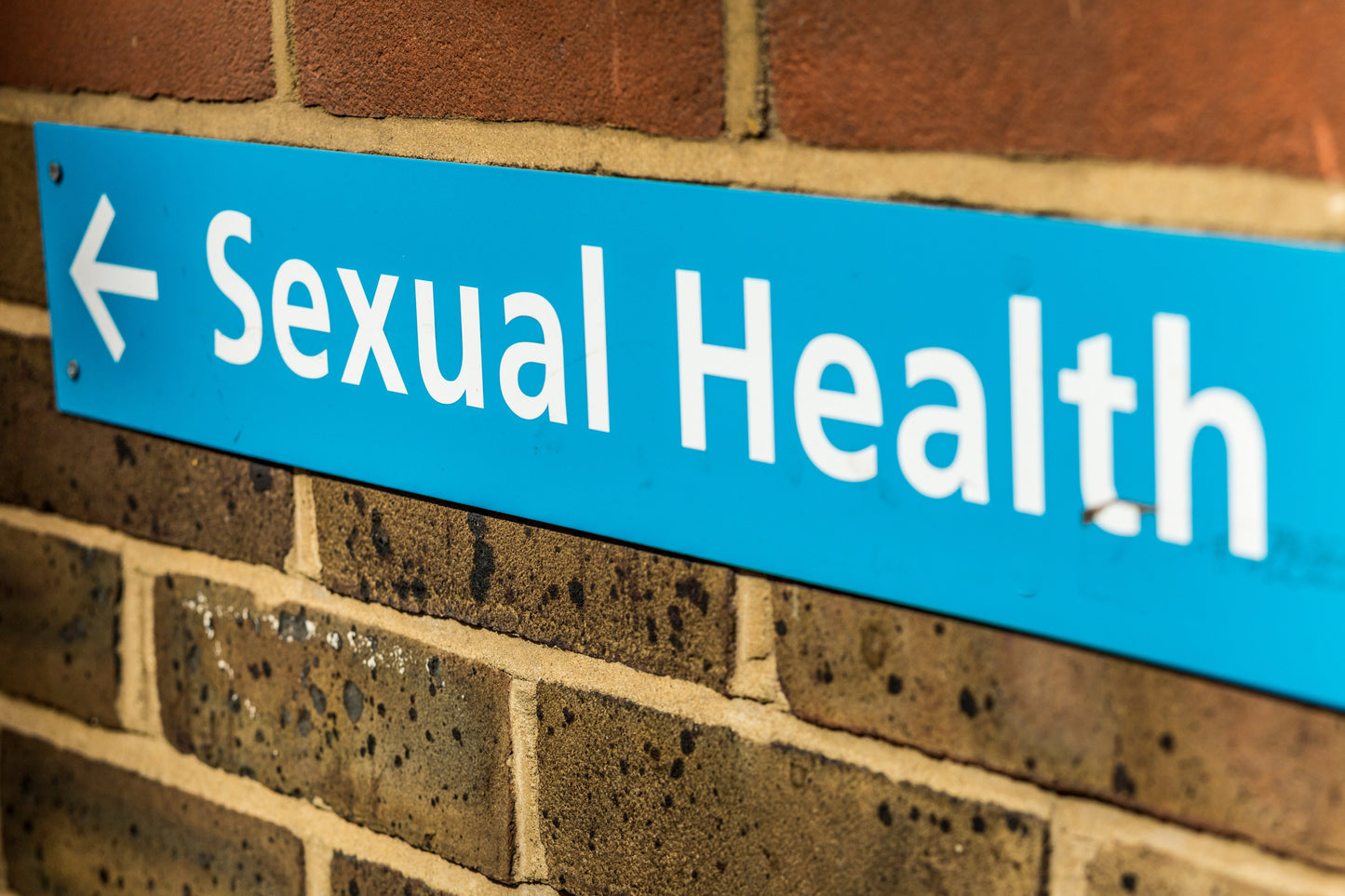
Decades ago, HIV was shrouded in fear and misinformation. Today, medical advancements have transformed both the understanding and management of HIV, offering tools like PrEP (Pre-Exposure Prophylaxis) that significantly reduce the risk of infection. For many gay men, PrEP represents a turning point—allowing them to reclaim sexual freedom with greater peace of mind.
What is PrEP?
PrEP typically involves taking a once-daily pill containing HIV-blocking medication. When used consistently, it’s highly effective—studies show it can lower the risk of contracting HIV by up to 99% from sexual transmission. Note, however, that PrEP doesn’t protect against other STIs like gonorrhea, chlamydia, or syphilis, so condoms and regular testing remain important.
Who Should Consider It?
Sexually Active Individuals at Higher Risk: If you have multiple partners, inconsistent condom use, or a partner living with HIV, PrEP might be a smart choice.
People in Serodiscordant Relationships: If your partner is HIV-positive (especially if their viral load is not yet undetectable), PrEP can offer additional reassurance.
Anyone Seeking Extra Peace of Mind: Even if you practice safer sex, you may prefer the extra layer of protection.
Getting Started
Consult a Healthcare Provider
You’ll need an HIV test to confirm negative status and possibly additional screenings for kidney health and STIs.
If you’re a good candidate for PrEP, your provider will prescribe it and outline any necessary follow-up appointments.
Commit to Consistency
PrEP’s effectiveness hinges on regular use. Missing doses can reduce its protective power.
Expect periodic lab tests—usually every three months—to monitor your HIV status and overall health.
Combining Approaches
Even if you’re on PrEP, remain vigilant about other sexually transmitted infections by using condoms, communicating with partners, and getting routine STI checks. Think of PrEP as one piece of a comprehensive sexual health strategy, rather than a standalone solution.
Conclusion
PrEP has revolutionized HIV prevention for the gay community, offering a sense of security that simply didn’t exist a few decades ago. By learning more about how it works and whether it fits your lifestyle, you can make informed decisions that align with your personal health goals. When combined with regular testing, open communication, and safer sex practices, PrEP can be a powerful tool in a holistic approach to sexual well-being
